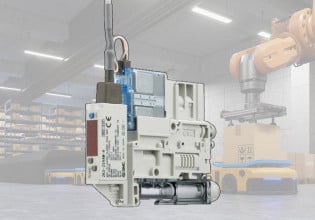A
We want to interface a pulse output from an optical shaft encoder to PLC. The shaft generates 500 pulses per revolution and the speed of shaft is 1 revolution per minute. We want to measure the RPM in PLC. We are using Ab's SLC. Should we use DI module or a high speed counter for the same? Please advice. Thanks & Regards Aniruddha Joshi [email protected] www.transtechprojects.com






